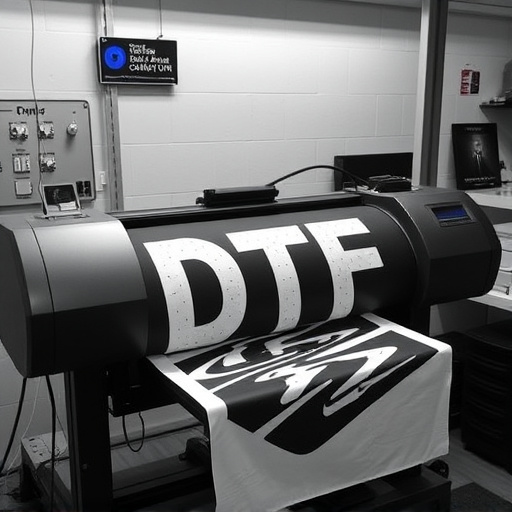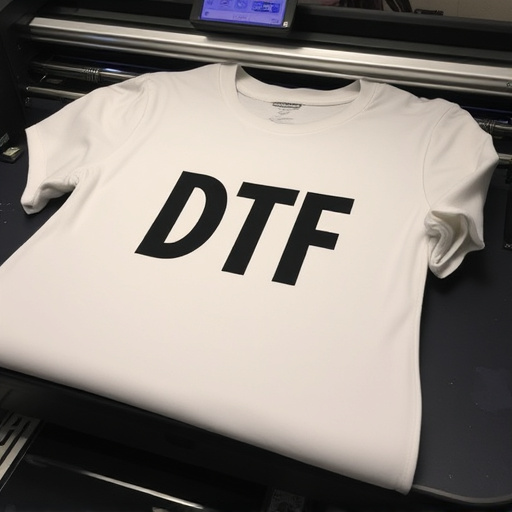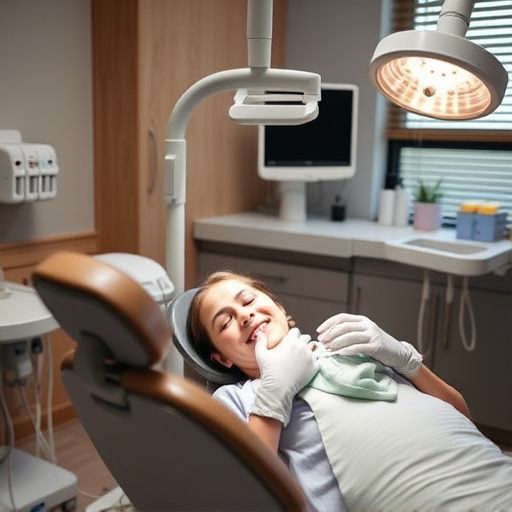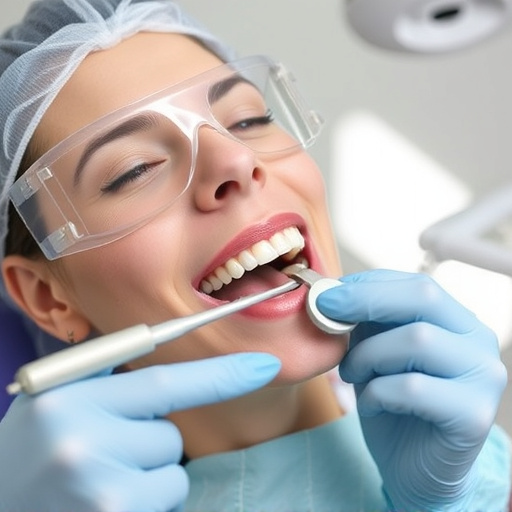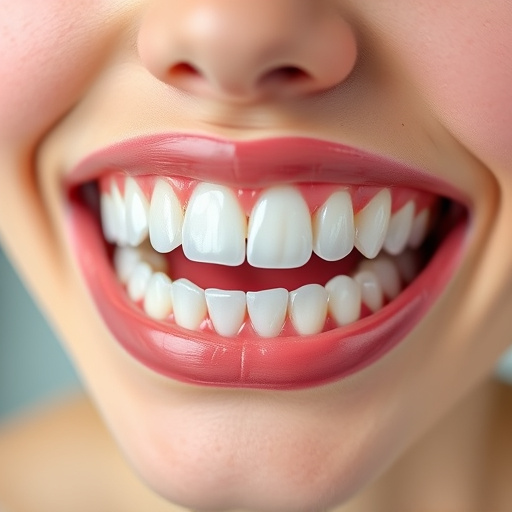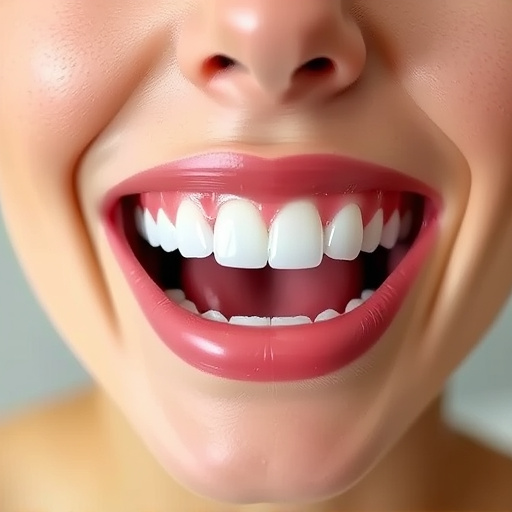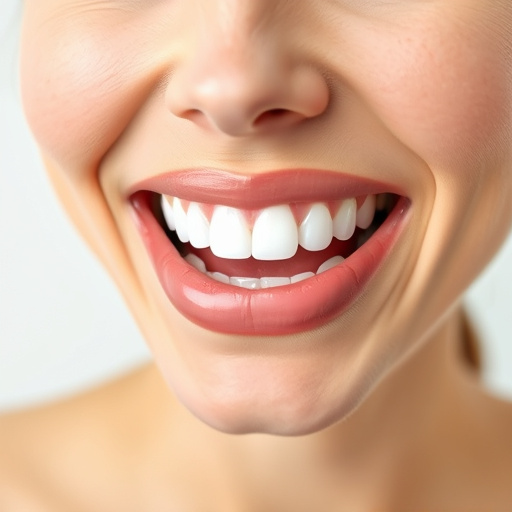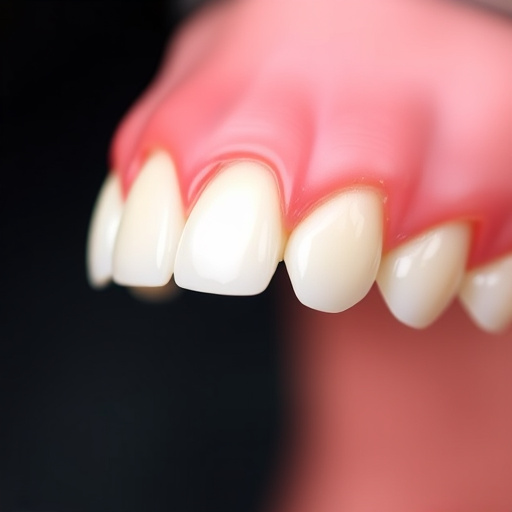3D dental imaging technologies like CBCT and digital scanning are transforming dental practice by providing detailed, three-dimensional views of the oral cavity. This enhances precision in diagnoses and treatment planning for procedures like fillings or extractions. By offering visual representations of teeth and gums, 3D imaging improves patient education, trust, and understanding, encouraging preventive dentistry practices. It also strengthens the patient-dentist relationship through improved communication and personalized care.
In today’s digital age, 3D dental imaging is transforming patient care. This advanced technology offers a detailed, three-dimensional view of oral health, enhancing traditional two-dimensional X-rays. By understanding 3D imaging technology and its capabilities, dentists can significantly improve patient education and trust. Visual communication through 3D models enables patients to grasp complex dental issues, fostering engagement and empowering informed decisions. This innovative approach builds trust by providing a clear, accurate representation of oral health.
- Understanding 3D Dental Imaging Technology
- Benefits for Patient Education and Engagement
- Building Trust Through Visual Communication
Understanding 3D Dental Imaging Technology
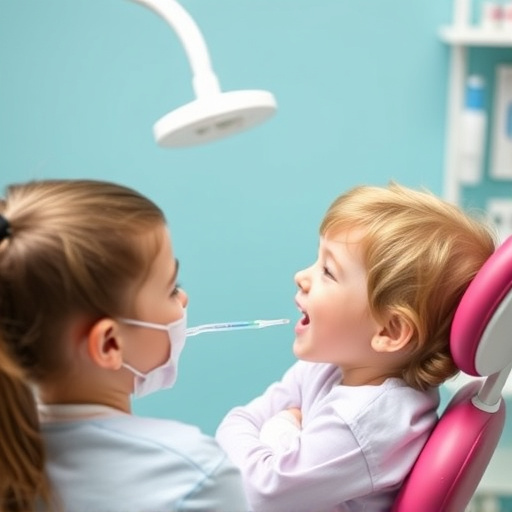
3D dental imaging technology has transformed the way dental professionals interact with their patients and approach treatment planning. This advanced system goes beyond traditional 2D x-rays by providing a detailed, three-dimensional view of the oral cavity, offering unprecedented levels of precision and insight. By capturing intricate details of teeth, gums, and surrounding structures, 3D imaging enables dentists to make more accurate diagnoses, plan complex procedures like dental fillings or tooth extractions with greater confidence, and even design precise dental crowns tailored to each patient’s unique needs.
The technology employs various methods, including cone-beam computed tomography (CBCT) and digital optical scanning, to create these detailed models. CBCT machines use a rotating X-ray source to capture multiple images from different angles, which are then reconstructed into a comprehensive 3D image. Digital optical scanners, on the other hand, employ light to map the surface of teeth and gums, offering a visual representation that complements the structural data provided by 3D radiography. This multifaceted approach ensures that dental practitioners have a holistic view of their patients’ oral health, fostering more informed decision-making and enhancing patient education and trust in modern dental care.
Benefits for Patient Education and Engagement
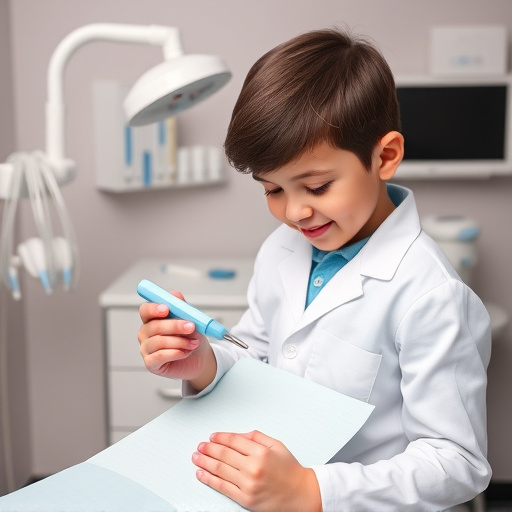
3D dental imaging is transforming patient education by providing a visual, detailed view of teeth and gums. This advanced technology allows dentists to capture precise, three-dimensional images that offer a level of clarity beyond traditional two-dimensional X-rays. By visualizing the mouth’s intricate structures, patients gain a deeper understanding of their oral health. Dentists can point out areas of concern, such as tooth decay or gum disease, and explain treatment options in a way that is easily comprehensible.
This enhanced visual communication fosters patient engagement and trust. Patients are more likely to ask questions and actively participate in discussions about their dental care when they have a clear, detailed image of their teeth. Moreover, 3D imaging can help tailor preventive dentistry strategies by identifying potential issues early on, encouraging patients to adhere to regular dental cleanings, and promoting better oral hygiene habits. Ultimately, this technology strengthens the patient-dentist relationship through improved communication and personalized care.
Building Trust Through Visual Communication

In the realm of dental care, building trust between healthcare providers and patients is paramount. Visual communication plays a crucial role in this process, and 3D dental imaging has emerged as a game-changer. This advanced technology allows dentists to present detailed, three-dimensional models of teeth and gums to their patients, providing an unparalleled level of clarity. By visualizing their oral health status, patients gain a deeper understanding of their dentist’s recommendations, fostering trust and encouraging active participation in preventive dentistry practices like regular teeth cleaning.
In the context of general dentistry, 3D imaging transforms the patient experience from abstract discussions to tangible, visual representations. This shift not only enhances education but also ensures that patients feel more involved and informed about their dental health. As a result, it strengthens the patient-dentist relationship, encouraging open dialogue and adherence to recommended treatments, including routine checkups and general dentistry procedures.
3D dental imaging represents a significant advancement in patient communication and care. By providing detailed, three-dimensional visualizations of oral health, this technology enhances understanding and engagement, empowering patients to actively participate in their dental treatments. Moreover, it builds trust through transparent visual communication, fostering stronger relationships between patients and dental professionals. Embracing 3D dental imaging is not just a step forward in technology; it’s a vital tool for improving patient outcomes and experience alike.






